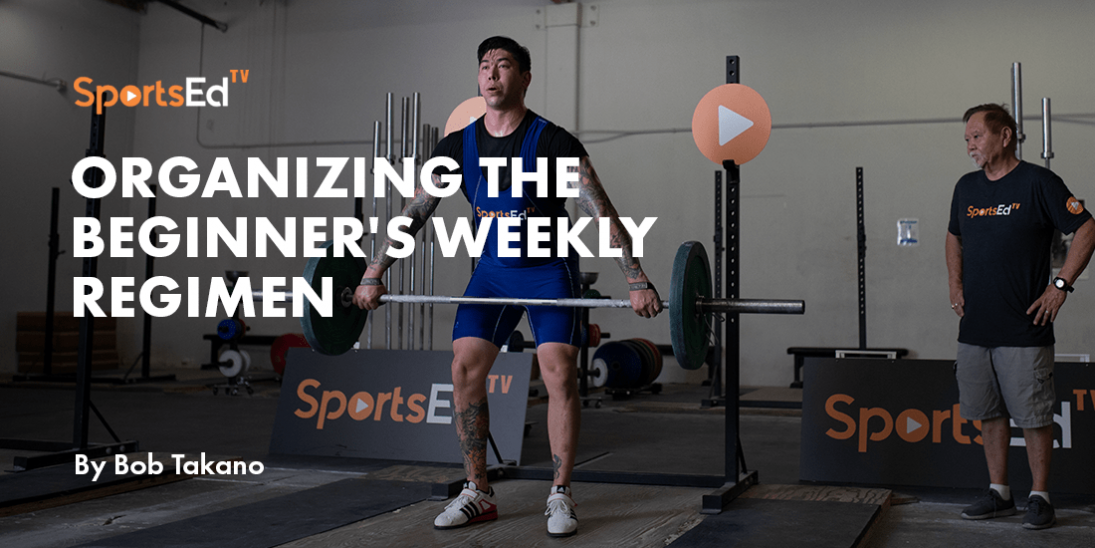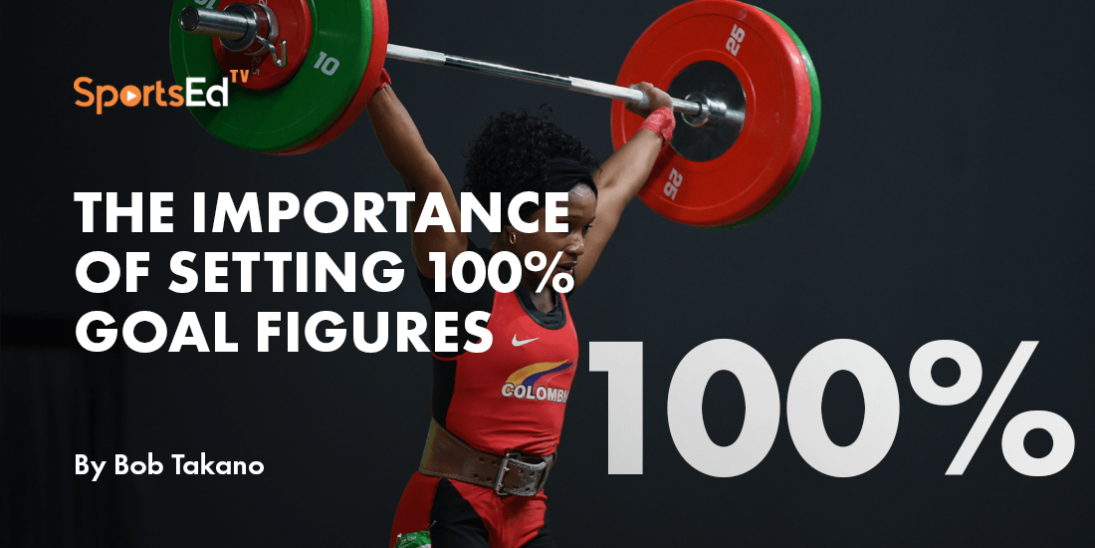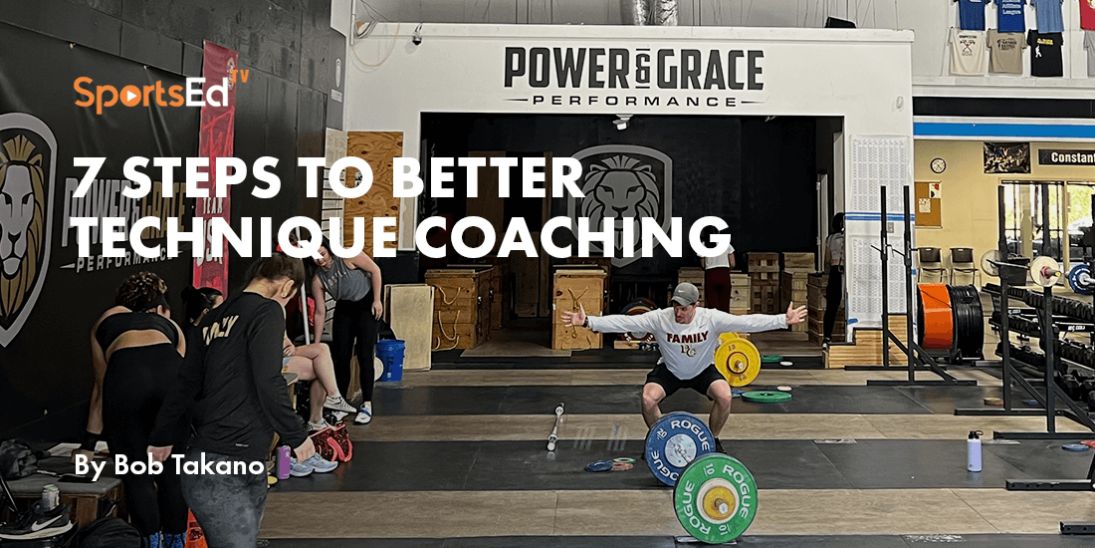Weightlifting
Welcome and thanks for visiting...

Weightlifting: Treat The Lifts As Skills
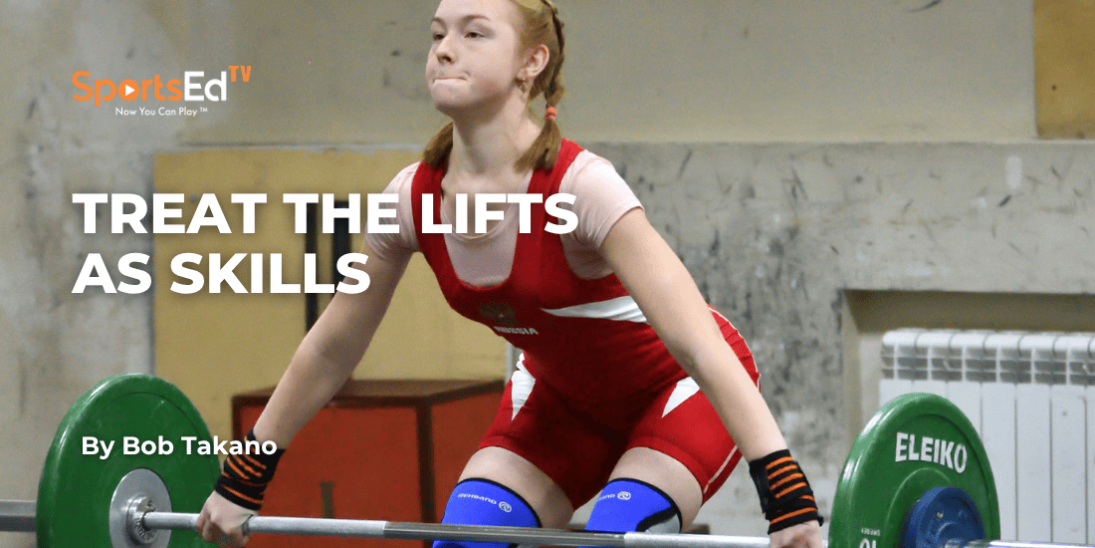
Why Weightlifting Is Not Just Exercise
For those lifters who are in their early stages of development or coaches who are coaching such individuals, it would probably be of benefit if they were treated as skills to be mastered. I say this because so many people enter the sport of weightlifting with some background in weight training or bodybuilding. In those spheres, barbells are used to perform exercises. Exercises are movements performed to elicit a specific physiological response, typically to strengthen a particular muscle or induce hypertrophy. For those of you with this mindset, you need to realize that snatches and cleans & jerks, although performed with the same barbells, are not exercises. They are events. An event in sport is a skill that is practiced in order to become more proficient in that skill.
Weightlifting Requires Repetition and Precision
Tennis players practice a serve to become better at serving. Football players may practice catching a football in order to become better at catching a football. Golfers practice putting to become better at putting.
Weightlifters must spend a certain amount of training to become more proficient at performing snatches, cleans, and jerks. That means a certain number of reps per week must be devoted to improving the skills of performing these lifts.
How to Train Weightlifting Technique Effectively
The weight employed must be taken into consideration when training for skills improvement. Raw beginners can improve technique by employing relatively light weights because correct performance is dictated by the weakest muscles in the chain of muscles necessary to perform the movement. As the lifter progresses and those weakest of muscles in the chain begin to strengthen, the athlete can begin to determine the 100% weights for each lift.
The 80% Rule for Skill Mastery
When the 100% weights can more or less be accurately determined, the number of repetitions performed in the 80% intensity zone will have the greatest carryover to skill mastery. The problem here becomes how many 80% lifts can be done before the limits of recovery are reached. This means that a weightlifter can only perform a certain number of 80% lifts or above before recovery is compromised. This is a different situation from athletes who can practice hundreds of reps in a day because the intensity on the body is low.
A Lesson from Kobe Bryant: Skill Practice vs Volume
Allow me to cite an example here. One of the athletes I had the pleasure of coaching was Joe Carbone. He came to my gym in Los Angeles because his job was to serve as the strength and conditioning coach for Kobe Bryant who had been drafted by the Lakers. The story that he recounted to me was that one day, he and Kobe decided to take a one-day excursion to Catalina Island off the Southern California coast. Kobe decided he was tired of sightseeing and decided that he needed to practice his jump shot. So they found a court and a basketball, and Kobe proceeded to shoot 500 jump shots with Joe doing the shagging. This was skill practice. Now, no matter how badly you want to succeed as a weightlifter, you cannot perform 500 meaningful reps in the snatch in a single session.
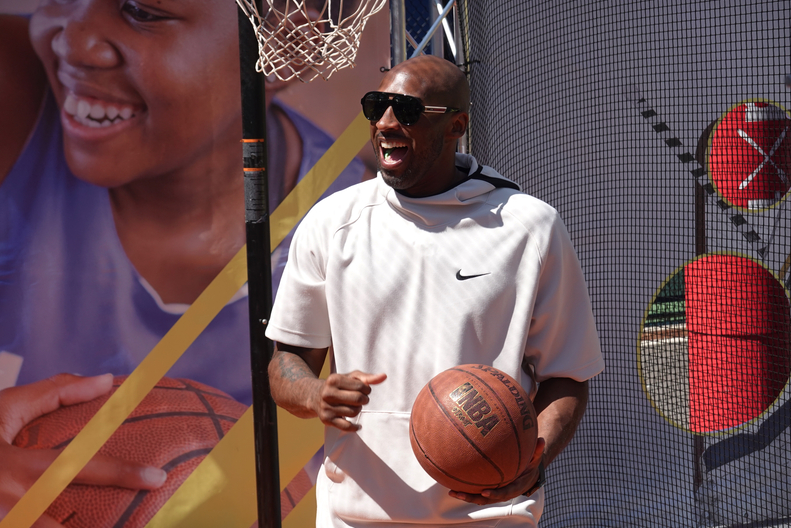
Maximizing Every Rep in Weightlifting Training
So you have a finite number of reps you can perform for skill building in weightlifting. That means each one is precious and maximal concentration must be devoted to each one (no listening to music). When you understand the importance of snatches, cleans and jerks as skills to be mastered, and the limits on your body to perfect those skills, you will better appreciate the value of each individual rep.





